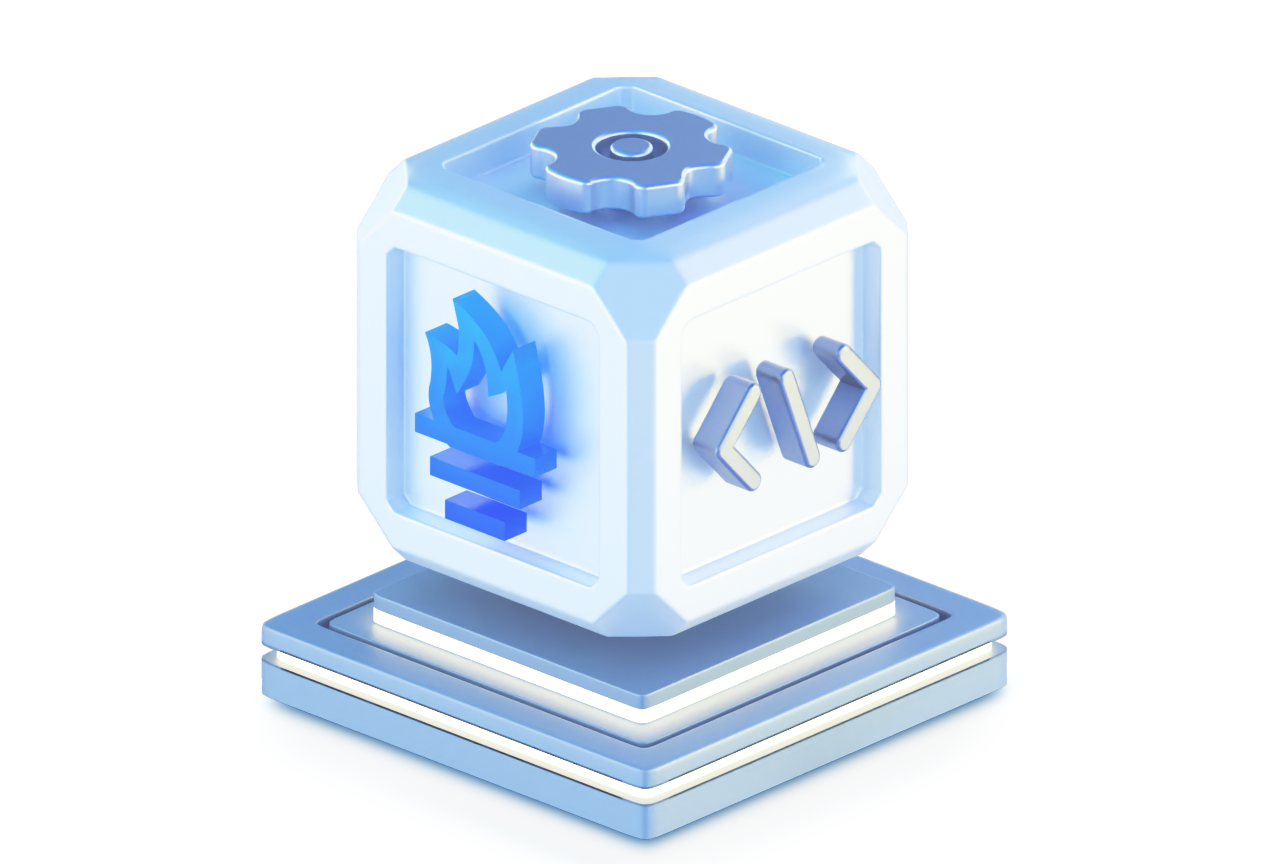
Compared with the open-source Prometheus monitoring service, TMP features a more lightweight overall structure. You can use a TMP instance simply after creating it in Cloud Monitor, where an agent can complete data scrape by using less than 1 GB of memory.

TMP only occupies megabytes of resources, much fewer than the open-source Prometheus does. It also integrates Tencent Cloud storage services and its own replica capabilities to reduce the number of system interruptions and provide services with a higher availability.

TMP offers the the out-of-the-box Grafana service. It also integrates a wealth of Kubernetes basic monitoring services and dashboards for common service monitoring, which can be quickly used after activation.

TMP provides the native Prometheus monitoring service. After you purchase a TMP instance, you can quickly integrate it with TKE to monitor services running on Kubernetes, which eliminates the costs of setup, OPS, and development.

TMP features an unlimited data storage capacity not restricted to local disks. It can be dynamically scaled based on Tencent Cloud's proprietary sharding and scheduling technologies to meet your elastic needs. It also supports CLB for better load balancing. This helps solve the pain point that the open-source Prometheus cannot be scaled horizontally.

TMP is fully compatible with Prometheus protocols, support core APIs, custom multidimensional data models, flexible query language PromQL, and collection target discovery through dynamic scrape configuration or static configuration, so you can easily migrate to it for smooth access.
Cloud Monitor provides the one-stop out-of-the-box TMP monitoring service, which is natively integrated with Grafana dashboards and supports the quick start of all services, greatly reducing your installation and OPS costs.
- The open-source Prometheus is used as the de facto standard for monitoring cloud native services (such as Kubernetes). It monitors services running on Kubernetes, and its exporters cover almost all the metric collection capabilities of open-source infrastructure software programs. Cloud Monitor is fully integrated with the monitoring capabilities of Prometheus to provide native Prometheus monitoring service, which eliminates your costs of setting up and operating the Prometheus service.
- Cloud Monitor leverages TMP to provide the out-of-the-box Grafana service. It also integrates a wide variety of Kubernetes basic monitoring metrics as well as preset monitoring panels for common services, saving your time and costs to build monitoring panels on your own.
- TMP is connected to Prometheus Alertmanager based on the alarm channel capability of Cloud Monitor while providing a rich set of alerting rule templates that eliminate your time costs to learn alert configuration.
- Many applications provide external API services but their quality information cannot be secured. TMP can be integrated according to the development language to monitor the access request volume, delay, and success rate of APIs in real time.
- TMP also detects service exceptions to help you understand which APIs an exception responds to, which servers an exception occurs on, and whether an exception occurs on individual servers or in the entire cluster.
- For Java applications, TMP can monitor the GC, memory, and thread status of individual servers to help you fully understand the internal status of JVM.
If your service is deployed in CVM, you must modify the Prometheus scrape configuration almost every time the service is scaled. For this kind of scenario, with the aid of the tagging capability of the Tencent Cloud platform and the tag discovery capability of the Prometheus agent, you only need to properly associate tags with CVM instances to easily manage and monitor target objects, which helps you get rid of continuously updating the configuration manually; for example:
- Service A is deployed on 2 CVM instances at the same time, and the instances are associated with the tag "service name: A";
- The original number of CVM instances cannot meet the requirements of a business campaign, and 3 more instances should be added. At this time, you only need to associate the tag ""service name: A"" with these new instances, and then the agent will automatically discover them and actively scrape their monitoring metrics;
- After the campaign is over, 3 CVM instances are removed, and the agent can automatically discover the instance deactivation and stop scraping their monitoring metrics.
